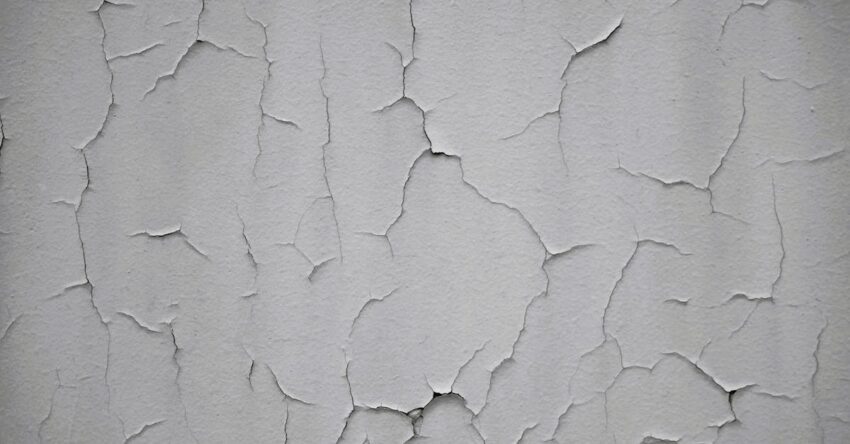Have you ever wondered how climate change and foundation repair are connected? You might not realize it, but the changing climate can have a surprising impact on the stability of your home’s foundation. From droughts to flooding, these shifts can lead to soil erosion and foundation problems you never expected. Understanding these connections can help you protect your home from hidden dangers.
Imagine dealing with foundation cracks or shifts because of extreme weather conditions. Flooding can impact foundations, causing instability, while temperature changes and drought conditions might lead to contraction issues. Knowing how to prevent foundation damage can save you time, stress, and money in the long run. If you care about keeping your home safe and secure, you need to stay informed about these issues.
Don’t wait until it’s too late. Dive into the details and learn how you can keep your foundation strong and prepared for any climate twists. Your home deserves a solid base, and you deserve peace of mind. Read on to discover the secrets that can make all the difference.

Within the post
Understanding Climate Change and Foundation Repair
Have you ever wondered how climate effects on foundations can lead to damage in your home? The link between climate change and foundation repair is more significant than you might think. As the world’s climate continues to shift, it directly affects the ground beneath your house. Changes in weather patterns can lead to alterations in soil behavior, which can then impact your home’s foundation.
Climate Effects on Foundations
Climate change leads to temperature changes and foundation issues. When temperatures rise and fall, the soil expands and contracts. This, in turn, puts stress on the foundation. Over time, this can cause cracking and other structural problems. You might notice doors and windows that don’t close properly or even visible cracks in the walls.
Another common issue is soil erosion and foundations. Heavy rain and storms wash away the soil around your home. This erosion can make your foundation unstable. Without proper support, parts of the foundation might sink or shift, leading to serious structural issues.
Foundation Stability Amid Changes
Your home’s foundation stability faces challenges during climate change. For example, when there’s a drought, the soil can shrink away from your foundation. This shrinkage can leave gaps and cause the foundation to settle unevenly. On the flip side, too much rain can saturate the soil, leading to flooding.
The flooding impact on foundations can’t be underestimated. When water accumulates, it can lead to the soil becoming overly saturated. This condition might cause the foundation to weaken and lose its strength over time. This is why understanding and addressing these issues is crucial for maintaining your home’s stability.

Guidelines for Foundation Damage Prevention
Maintaining a stable foundation amid climate change requires proactive measures. There are several steps you can take to help prevent foundation damage. First, ensure your home has a proper drainage system. This will help direct water away from your house and prevent soil saturation.
Foundation Repair in Extreme Weather
In extreme weather conditions, foundation repair climate strategies become essential. Regular inspection of your foundation can help you spot early signs of damage. Reinforcing weak areas and adding support where needed can help maintain stability.
During drought conditions, maintain moisture levels around your foundation. This might involve watering the ground near your foundation to keep the soil from shrinking. In times of heavy rain, make sure gutters and downspouts are clean and functional to prevent water pooling.
Steady Foundations in Every Weather
Understanding the impacts of weather changes on your home’s foundation can be a game changer. You’ve learned how shifts in temperature, drought, and heavy rain can affect your foundation’s stability. By being aware, you can prevent significant damage and maintain a safe living environment. This knowledge empowers you to protect one of your biggest investments—your home.
Now, take proactive steps to safeguard your foundation. Begin by regularly checking around your home for any new cracks or signs of settling. Consider consulting a professional for a thorough assessment if you notice anything unusual. Installing proper drainage systems can help manage water flow around your foundation. These actions can make a big difference in maintaining your home’s stability.
Start taking action today. Inspect your foundation and reach out to an expert if needed. You can ensure your home stands strong against any weather conditions. Don’t wait—secure your home and peace of mind now.
